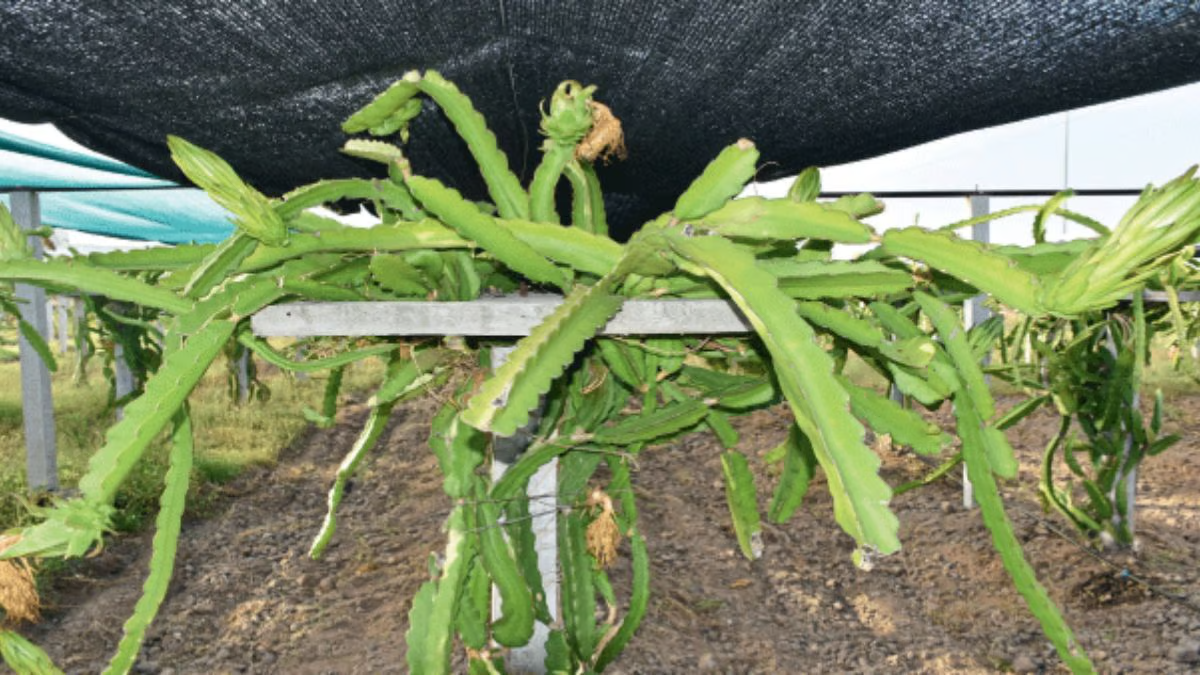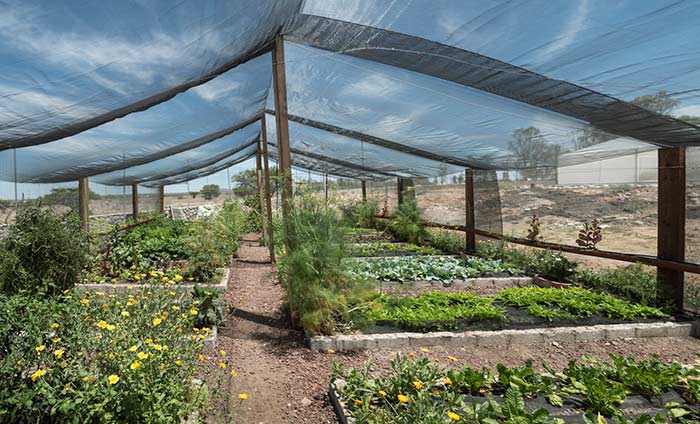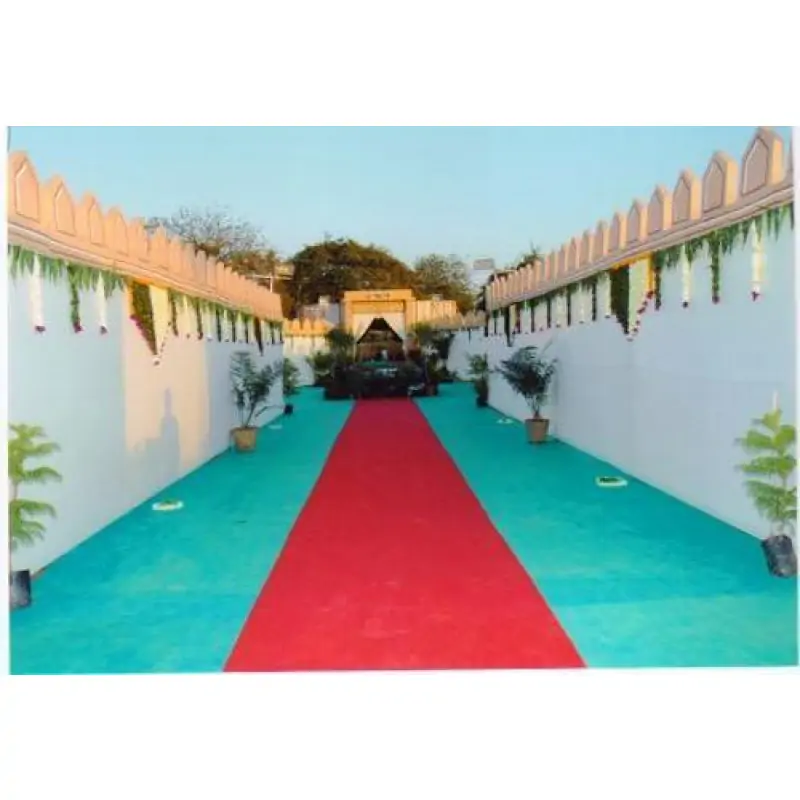How Effective is Green Shade Net: Unravelling the Benefits and Applications
Introduction:
Green shade net, a widely used product in various industries, has become increasingly popular due to its ability to provide shade and protection. As a leading Green Shade Net Manufacturer, we understand the importance of this versatile fabric and its benefits across different sectors. In this article, we will delve deeper into the effectiveness of green shade nets and their wide-ranging applications in agriculture, construction, and other fields. Join us as we uncover the remarkable features and advantages of these exceptional products!
Effect of Shade Net on Plants:
Shade net plays a crucial role in modern agriculture. It provides a controlled environment for plants, shielding them from excessive sunlight, harsh winds, and heavy rain. By controlling the amount of sunlight that reaches the plants, green shade netting helps prevent sunburn and excessive evaporation, promoting healthy growth and minimizing stress on crops. Additionally, it helps to regulate temperature and humidity levels, making it ideal for greenhouse farming, nurseries, and horticulture.
Effect of Shade Net in Construction:
Apart from its agricultural applications, shade netting also finds usage in the construction industry. During construction projects, green shade nets are used to create temporary barriers around the worksite. These nets not only protect the workers from direct sunlight but also reduce heat stress and improve overall safety. Additionally, shade nets can help prevent debris and dust from scattering, minimizing the impact on the surrounding environment.
Which Shade Net is Best for Plants:
Selecting the right shade net is essential for ensuring optimal results in plant growth. The effectiveness of a shade net is determined by its shade percentage, which indicates the amount of sunlight it blocks. Different plants have varying light requirements, and hence, the shade percentage should be chosen accordingly. For instance, light-loving plants like tomatoes and peppers may require a lower shade percentage, while shade-loving plants such as lettuce and spinach might benefit from higher shade percentages.
Purpose of Shading Nets:
The primary purpose of shading nets is to provide protection against sunlight, ultraviolet (UV) rays, and adverse weather conditions. Beyond this, shade nets serve a range of essential functions:
- Temperature Regulation: Shade nets help maintain a cooler environment, reducing temperature fluctuations that can harm plants and construction materials.
- Water Conservation: By blocking excessive sunlight, shade nets minimize water evaporation, thus conserving water and reducing irrigation needs.
- Pest and Disease Control: Shading nets act as a physical barrier, preventing the entry of pests and limiting the spread of plant diseases.
- UV Protection: The UV-blocking properties of shade nets safeguard plants, animals, and humans from harmful UV radiation.
What Color Shade Cloth is Best for Shade:
Shade nets come in various colors, including green, black, and white. The choice of color can impact the effectiveness of the shade net. Green shade cloth is the most popular choice for shading in agriculture as it closely resembles the natural color of foliage. This color allows plants to photosynthesize effectively under the net while still providing shade. Black shade cloth, on the other hand, provides maximum shade and is commonly used for light-sensitive plants. White shade cloth reflects sunlight, reducing the temperature under the net, making it suitable for regions with extremely high temperatures. A green shade net manufacturer can properly advice you to use colored shade net.
Most Effective Shade Cloth:
The effectiveness of shade cloth depends on various factors, such as the material used, the percentage of shade it provides, and the specific application. High-quality, durable materials, like high-density polyethylene (HDPE) and polypropylene, are commonly used for shade nets. Additionally, the percentage of shade should be chosen based on the needs of the plants or the construction requirements.
Conclusion:
In conclusion, green shade netting proves to be highly effective in various fields. Its ability to create a controlled environment for plants, protect against harsh weather, and enhance safety in construction makes it an invaluable tool. By selecting the right shade net, be it for agricultural purposes or construction projects, one can unlock the full potential of this versatile solution. Whether you are a farmer looking to optimize crop growth or a construction professional aiming to enhance worker comfort and safety, green shade netting can be a game-changer. We at Sunsafe Agrotextiles are Green Shade Manufacturer in India from Rajkot, Gujarat.



